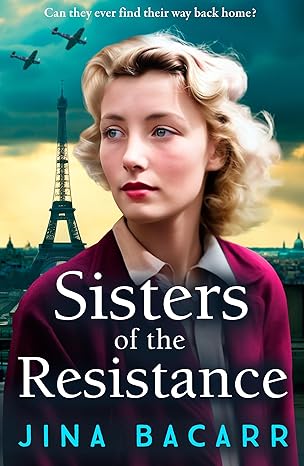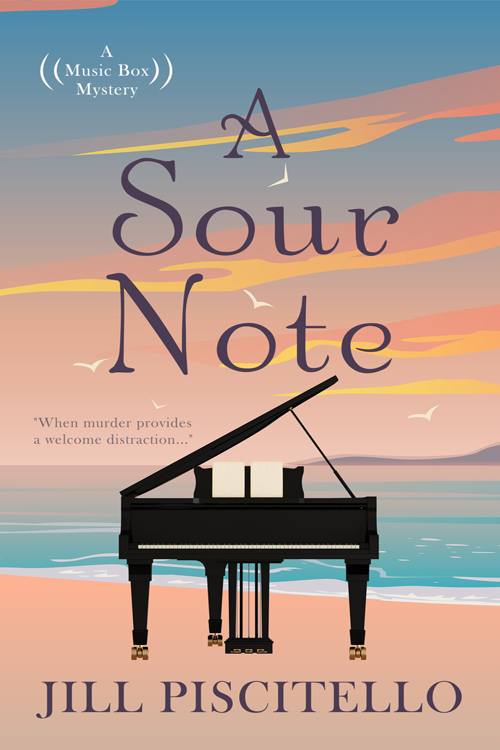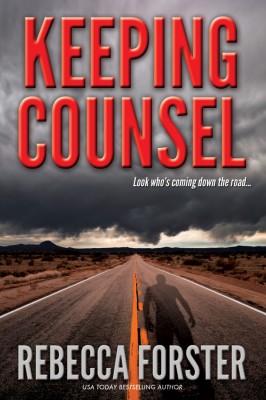Craft: Mastering the Story’s Beginning
September 13, 2024 by Bethlehem Writers Group in category From a Cabin in the Woods by Members of Bethlehem Writers Group tagged as Beginnings, Craft, engaging openings
Techniques for Engaging Openings
Once upon a time may work for fables, but choosing the right place for a story to ensnare readers is every writer’s worry.
The key is to hook them from the first paragraph. The following are a few ways to keep the pages turning. Setting the Scene creates a vivid picture to draw readers into the narrative, making them feel as though they are part of the story:
The courtroom was a hive of activity. The smell of polished wood and the rustle of papers filled the air as the jury filed in, their faces a mix of curiosity and solemnity.
Much of what works best has to do with the genre. Fiction readers enjoy imagery or action to engage and generate the narrative. Imagery is the use of descriptive language that engages the reader’s senses to create vivid mental pictures and evoke sensory experiences making the scenes, characters, and emotions more tangible and immersive.
Imagery in nonfiction writing makes real events, facts, and concepts more vivid and engaging for the reader. It can bring descriptions of people and places to life, making them more memorable and impactful. A Question or Statistic Lead might be your answer to a best-seller.
A Descriptive or Imagery Lead uses vivid descriptions to paint a picture and draw readers into the scene:
The morning sun casts a golden glow over the bustling farmers’ market. Stalls overflowed with vibrant fruits and vegetables, their colors a feast for the eyes. The air was filled with the scent of fresh bread and the sound of cheerful chatter.
Here are some examples of imagery:
Visual: The morning sun cast a golden glow over the bustling farmers’ market.
Auditory: The rumbling sound of load on load of apples coming in.
Olfactory: The air was filled with the scent of fresh bread.
Gustatory: Her lips tasted as sweet as sugar.
Tactile describes textures and physical sensations: The kitten’s fur felt like a velvet curtain.
Kinesthetic: I feel the ladder sway as the boughs bend.
Organic is about internal sensations, like hunger, thirst, fatigue, or emotions: A pang of anxiety tightened her chest.
Using sensory details can help simplify and clarify complex ideas:
Imagine the brain as a bustling city. Neurons are the streets, constantly transmitting signals like cars zipping through traffic. Synapses, the intersections, control the flow of information, ensuring everything runs smoothly.
An Action Lead jumps straight into the story to create an immediate sense of urgency:
The storm unleashes its fury upon the small coastal town with a deafening roar. Waves crash against the shore, and residents scramble to secure their homes against the onslaught.
An Anecdotal Lead starts with a brief, engaging prose that sets the stage:
Last summer, while hiking through the dense forests of the Appalachian Trail, I stumbled upon an old, abandoned cabin. Its weathered wood and broken windows told a story of a time long past, sparking my curiosity about the lives that once thrived there.
A Quotation Lead starts with a powerful quote that relates to your theme. This can lend authority and context to your story.
“The only limit to our realization of tomorrow is our doubts of today.” These words by Franklin D. Roosevelt resonate deeply with anyone striving to overcome personal obstacles and achieve their dreams.
A Question Lead poses a thought-provoking question to engage readers:
Have you ever wondered what it takes to turn a simple idea into a successful business? For many entrepreneurs, the journey is filled with challenges, triumphs, and invaluable lessons.
A Statistic Lead begins with a surprising or compelling statistic to grab attention:
Did you know that nearly 70% of adults experience imposter syndrome at some point in their careers? This pervasive feeling of self-doubt can hinder even the most accomplished individuals.
A Dialogue Lead uses a snippet of dialogue to introduce characters and set the tone:
“I can’t believe we’re finally here,” Sarah whispered, her eyes wide with wonder as she gazed at the ancient ruins. “It’s like stepping back in time.”
Once the words are on the page, find the sentence that resonates best with your theme. Your opening should hook the reader immediately. Use one of the leads mentioned above to draw them in.
Be concise, every word counts. Avoid unnecessary details and focus on the core message. Have a clear beginning, middle, and end. Ensure each section transitions smoothly to the next. Keep your readers engaged with interesting anecdotes, vivid descriptions, and compelling stories. Edit to eliminate redundant or weak sections to aim for clarity and impact.
By starting your story with a strong lead and following these tips you can craft a compelling opening.
Happy writing!
Diane Sismour
Diane Sismour gave up her hard-hat to write dark, suspenseful stories that keep fans up at night. Her characters (and readers) never know what perils await them or the predicaments they must resolve. Unable to restrain her passion for storytelling to prose, she is now writing adaptations of her works for the screen.
She lives with her husband in eastern Pennsylvania at the foothills of the Blue Mountains, where they own Leaser Lake B and B. Diane enjoys traveling to conferences to reunite with friends and meet fans. She’s a member of national and local writing and screenplay groups.

Affiliate Links
A Slice of Orange is an affiliate with some of the booksellers listed on this website, including Barnes & Nobel, Books A Million, iBooks, Kobo, and Smashwords. This means A Slice of Orange may earn a small advertising fee from sales made through the links used on this website. There are reminders of these affiliate links on the pages for individual books.
Search A Slice of Orange
Find a Column
Archives
Featured Books
SISTERS OF THE RESISTANCE
Now they must choose – save themselves, or fight the Nazis
More info →DARK WINE AT THE CIRCUS
Everyone has a secret fantasy—even a rich and powerful vampire…
More info →#PLEASE SAY YES (#HermosafortheHolidays Book 1)
So, you think social media has taken over YOUR life?
More info →Newsletter
Contributing Authors
Search A Slice of Orange
Find a Column
Archives
Authors in the Bookstore
- A. E. Decker
- A. J. Scudiere
- A.J. Sidransky
- Abby Collette
- Alanna Lucus
- Albert Marrin
- Alice Duncan
- Alina K. Field
- Alison Green Myers
- Andi Lawrencovna
- Andrew C Raiford
- Angela Pryce
- Aviva Vaughn
- Barbara Ankrum
- Bethlehem Writers Group, LLC
- Carol L. Wright
- Celeste Barclay
- Christina Alexandra
- Christopher D. Ochs
- Claire Davon
- Claire Naden
- Courtnee Turner Hoyle
- Courtney Annicchiarico
- D. Lieber
- Daniel V. Meier Jr.
- Debra Dixon
- Debra H. Goldstein
- Debra Holland
- Dee Ann Palmer
- Denise M. Colby
- Diane Benefiel
- Diane Sismour
- Dianna Sinovic
- DT Krippene
- E.B. Dawson
- Emilie Dallaire
- Emily Brightwell
- Emily PW Murphy
- Fae Rowen
- Faith L. Justice
- Frances Amati
- Geralyn Corcillo
- Glynnis Campbell
- Greg Jolley
- H. O. Charles
- Jaclyn Roché
- Jacqueline Diamond
- Janet Lynn and Will Zeilinger
- Jaya Mehta
- Jeff Baird
- Jenna Barwin
- Jenne Kern
- Jennifer D. Bokal
- Jennifer Lyon
- Jerome W. McFadden
- Jill Piscitello
- Jina Bacarr
- Jo A. Hiestand
- Jodi Bogert
- Jolina Petersheim
- Jonathan Maberry
- Joy Allyson
- Judy Duarte
- Justin Murphy
- Justine Davis
- Kat Martin
- Kidd Wadsworth
- Kitty Bucholtz
- Kristy Tate
- Larry Deibert
- Larry Hamilton
- Laura Drake
- Laurie Stevens
- Leslie Knowles
- Li-Ying Lundquist
- Linda Carroll-Bradd
- Linda Lappin
- Linda McLaughlin
- Linda O. Johnston
- Lisa Preston
- Lolo Paige
- Loran Holt
- Lynette M. Burrows
- Lyssa Kay Adams
- Madeline Ash
- Margarita Engle
- Marguerite Quantaine
- Marianne H. Donley
- Mary Castillo
- Maureen Klovers
- Megan Haskell
- Melanie Waterbury
- Melisa Rivero
- Melissa Chambers
- Melodie Winawer
- Meriam Wilhelm
- Mikel J. Wilson
- Mindy Neff
- Monica McCabe
- Nancy Brashear
- Neetu Malik
- Nikki Prince
- Once Upon Anthologies
- Paula Gail Benson
- Penny Reid
- Peter Barbour
- Priscilla Oliveras
- R. H. Kohno
- Rachel Hailey
- Ralph Hieb
- Ramcy Diek
- Ransom Stephens
- Rebecca Forster
- Renae Wrich
- Roxy Matthews
- Ryder Hunte Clancy
- Sally Paradysz
- Sheila Colón-Bagley
- Simone de Muñoz
- Sophie Barnes
- Susan Kaye Quinn
- Susan Lynn Meyer
- Susan Squires
- T. D. Fox
- Tara C. Allred
- Tara Lain
- Tari Lynn Jewett
- Terri Osburn
- Tracy Reed
- Vera Jane Cook
- Vicki Crum
- Writing Something Romantic
Affiliate Links
A Slice of Orange is an affiliate with some of the booksellers listed on this website, including Barnes & Nobel, Books A Million, iBooks, Kobo, and Smashwords. This means A Slice of Orange may earn a small advertising fee from sales made through the links used on this website. There are reminders of these affiliate links on the pages for individual books.
























































